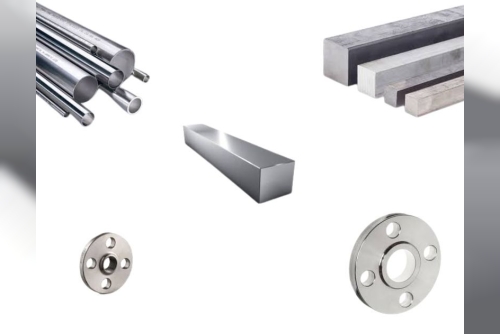Cardioverter defibrillators, prosthetic hips and knees, contact lenses, and cardiac pacemakers are some of the most commonly implanted medical devices, while fixation devices and artificial joints account for about 44% of all medical devices. Despite significant advancements in the design and implantation of medical devices, a number of challenges still persist. Patients, particularly those who are immunocompromised, are at high risk of healthcare-associated infections (HAIs) due to the in-dwelling nature of implanted devices and surgical tools. The risk of infections along with limitations including, implant rejection, osseointegration, degradation and wear, loom over the prosthetic integration. Coatings on biomedical implants can affect this biological interaction between the implant and host, mitigate joint wear, and combine the properties of several materials to enhance device performance as well as reduce the risks associated with invasive medical devices. Medical device coatings also endow properties like lubrication, anti-fouling nature, as well as enhanced durability to the surface of the device. Driven by the surge in demand for various types of medical devices and the need for a wide array of coatings for these devices, the medical device coatings market is anticipated to witness a steady growth in the coming decade.
To request a sample copy / brochure of this report, please visit this https://www.rootsanalysis.com/reports/medical-device-coatings-market/request-sample.html
One of the key challenges associated with in-dwelling medical devices lies in the fact that they are in constant association with the bodily fluids, therefore, interacting with a wide variety of proteins and other biomolecules. This results in denaturization of the biomaterials over time, reducing the overall functional life of the device. As a counter to this problem, surface modification can be utilized. Generally, protein adsorption and biological interactions are significantly impacted by the biomaterial surface modifications, such as modifying the chemistry of polymers, coefficient of friction, domain layout, and shape. Surface modifications, such as plasma spraying, vacuum depositions, etching, and electro-depositions are some of the most frequently procedures to achieve the necessary alterations on medical device surfaces.
Various medical devices are associated with the risk of infections, cytotoxicity, thrombogenesis, and immune rejection, which has garnered the attention towards appropriate selection of suitable biomaterials and strategies for modifying the medical devices surface. One of the key developments in the area has been made in creating non-fouling / antibacterial surfaces. A breakthrough in this field has been witnessed in graphene coatings developed to elicit antimicrobial properties. As an alternative to the use of silver nanoparticles earlier, the use of graphene in healthcare applications has a promising future, given the fact that graphene would provide more secure antibacterial properties than metal nanoparticles along with cost efficiency. The detailed competitiveness analysis of various medical device coating providers identified during our research, which are based in North America, Europe, and Asia.
Integration of new technologies like advanced laser processing, machine learning, and automation using Artificial Intelligence (AI) also drives the field towards more precise and reproducible coating / surface treatment applications, which can revolutionize the biomedical devices industry.
For additional details, please visit https://www.rootsanalysis.com/reports/medical-device-coatings-market.html or email [email protected]
You may also be interested in the following titles:
1. Targeted protein degradation market, 2022-2035
2. Single-Use Upstream Bioprocessing Technology / Equipment Market, 2022-2035
Roots Analysis is a global leader in the pharma / biotech market research. Having worked with over 750 clients worldwide, including Fortune 500 companies, start-ups, academia, venture capitalists and strategic investors for more than a decade, we offer a highly analytical / data-driven perspective to a network of over 450,000 senior industry stakeholders looking for credible market insights.
Contact:
Ben Johnson
+1 (415) 800 3415
+44 (122) 391 1091












